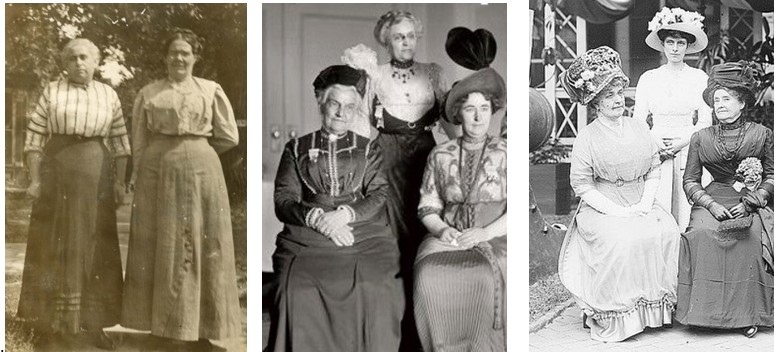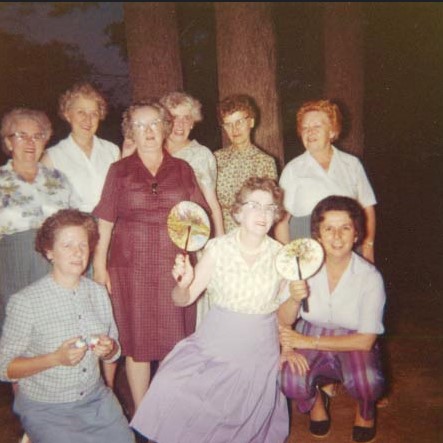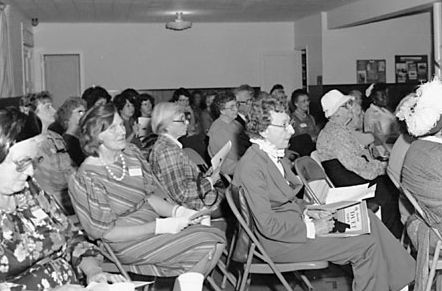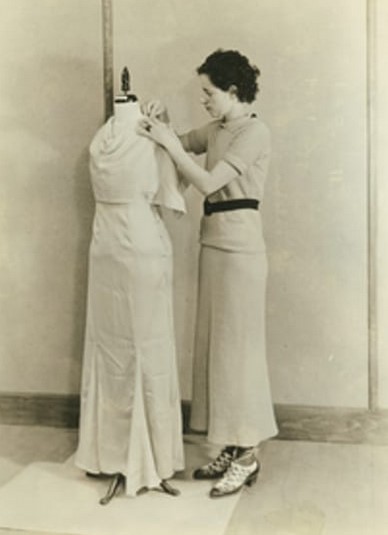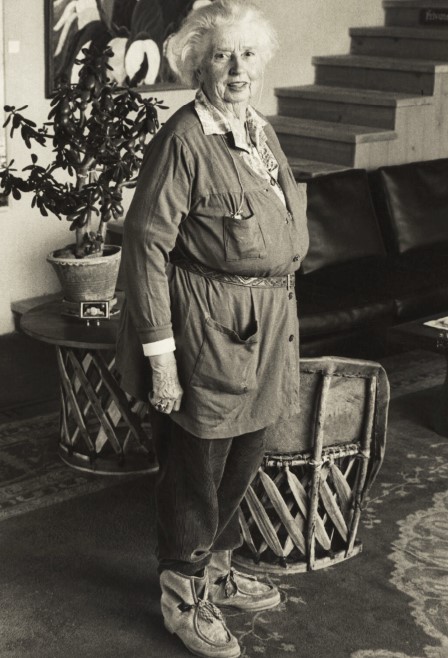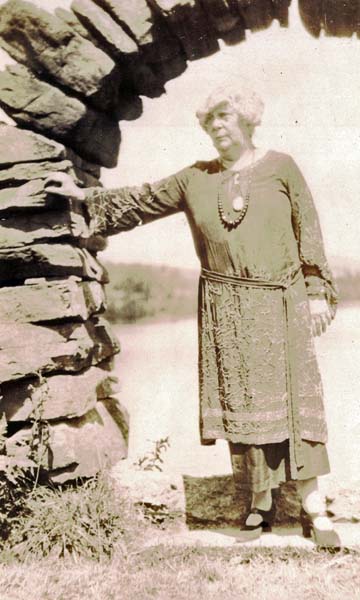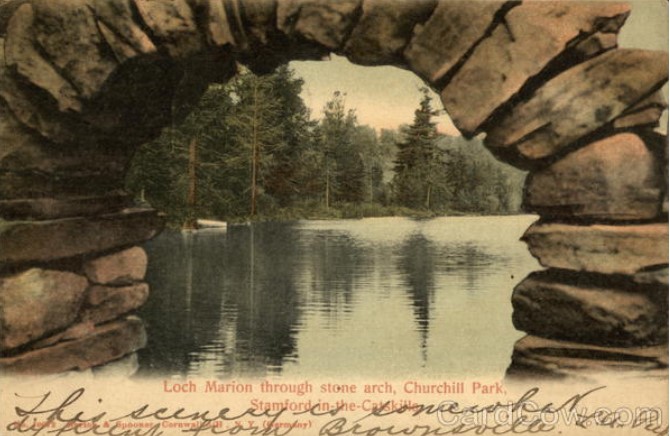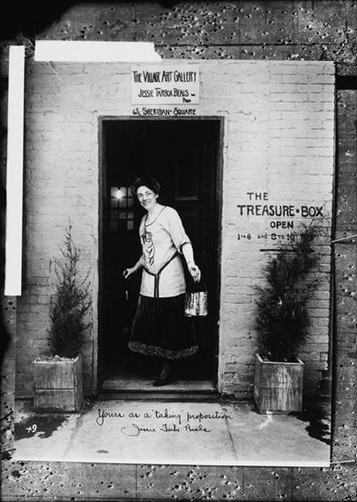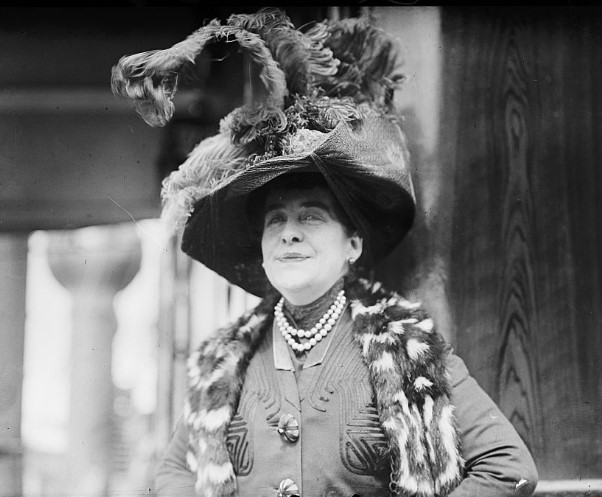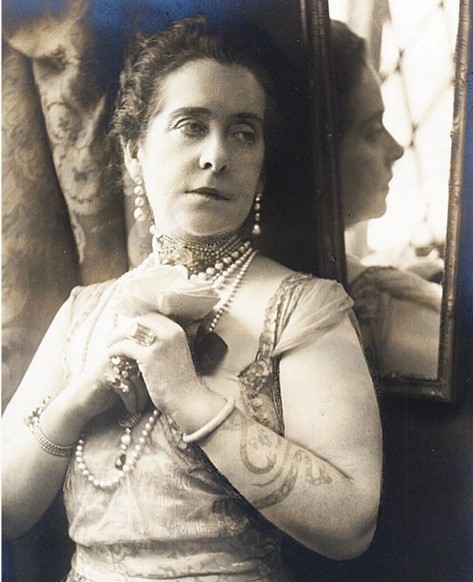For a new research project, I’ve been looking through the Saturday Evening Post in the early twentieth century. If you pay a mere $7 a year, you get access to every issue—a bargain in my book. I did a visual study of the covers from 1912-1913. The majority depict beautiful young women of the Gibson Girl type. A few are imagined scenes from American life, like boys fishing. And a very few—6 out of 102—show older women. The six drawings fall easily into two categories—the shrewish older woman disapproving of her husband and the loving granny in charge of her grandchildren.
What is astonishing about these drawings is the consistency of the women’s clothing, despite the fact that they were drawn by different artists. All wear black. All but one has a lacy frill at her neck. All but one has a black hat, and the outlier wears a black bow. Stereotypes have some basis in reality—after all, many older women did wear black with white lace at the collar.
However, many older women did not look like this, at least not all the time. They wore shirtwaists, just like younger women. They dressed up for the occasion. They wore white.
Stereotypes can severely limit our vision. “Where are all the sweet old ladies in their bonnets,” wondered one writer in Ladies Home Journal in 1907. Maybe there hadn’t been so many of them all long.



